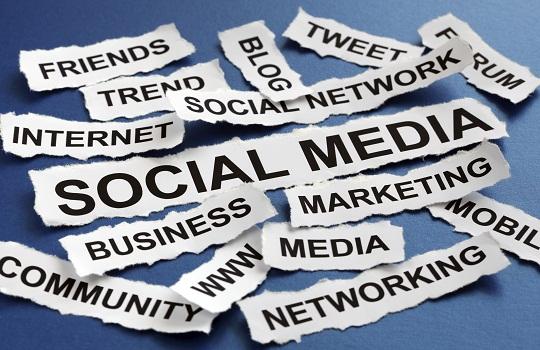This article is based on content from our academic-led HR Technology toolkit, which features evidence-based and practical advice from leading researchers around the globe on how to get the most from your HR technology investment.
In a contribution to our recently published HR Toolkit, technology in the form of mobile, social, cloud and big data was identified as having a tremendous effect on HR. Not only is this technology better equipping workers, it is changing how HR professionals operate on a day-to-day basis. For now though, let's focus on one area of technology in particular. One that continues to divide many businesses between those who fully embrace it and those who have ‘the fear’ over using it – social media.
Initially seen as a passing fad by many, while the early adopters were eagerly getting on board, social media channels such as MySpace and Facebook soon grew into online behemoths, becoming banned in many workplaces for being a distraction. While this continues to be the case in some organisations, more and more businesses are embracing these channels of communication as a tool for good. Employers that have an established social presence to engage their customers are now using some of the same tools to engage their own workforce. So why is this shift in social media attitude by HR professionals taking place?
Social media will of course continue to evolve, as it already has done, but even the minority who disapprove of such tools can’t fail to see that they are transforming societies as well as transforming economic progress and in the way we work in such societies. Could Mark Zuckerberg ever have imagined the seismic impact digital communities such as Facebook would have? Those who have read anything about the founder of the world’s most popular social network, or watched the feature film, will have noticed his ‘otherworldliness’ and unbending faith that his concept would become tremendously popular, but even he couldn’t have predicted social media’s power of influence.
Of course it’s not just about Facebook, Twitter, Google Plus or even LinkedIn (with its more obvious and immediate relevance to HR). In their contribution to the HR Toolkit, Dr. Martin Reddington and Professor Graeme Martin of the University of Dundee, describe social media technologies as being all forms of “collaborative web-based applications”. They go on to suggest that social media has the power to, “change the way people collaborate, communicate, organise their work, and give voice to their opinions and expectations, especially when they are physically dispersed across time and space.”
In a nutshell, that last statement is why social media shouldn’t be overlooked by employers wanting to develop a more engaged workforce. But what are it’s practical applications?
One way in which social media is being used to create a sense of community is in the use of forums to connect employees with similar job functions across the organisation. This is especially valuable for large disparate businesses that rarely have the opportunity of physically bringing such individuals together. Whether these forums are internal versions of social platforms or whether they are specific groups set up using more public channels such as LinkedIn, the benefit of knowledge sharing and peer-to-peer support can be profound. Not only can these forums be highly effective towards increasing employee engagement, they can also directly improve business efficiency through cost saving (reducing travel costs for instance) and business processes through collaboration.
Many businesses are recognising the benefit of using social tools to consult with employees on organisational issues, such as pension schemes for example. This could be managed in the form of an online survey or through an internal ‘wiki’. Not only does this provide a unique and instant way of obtaining first-hand feedback from the people who matter most, it also gives employees a sense of belonging, influence and loyalty.
Another area which must be remembered is the use of blogs, podcasts and videos as platforms for employee engagement. Again, these are tools which are regularly used by many organisations to connect with customers, but they are also becoming more established channels for communicating and developing conversations with employees.
In the HR Technology Toolkit, Dr Emma Parry of the Cranfield School of Management highlights a critical starting point, by suggesting that, “social media can be effective in promoting employee engagement via collaboration, transparency and increased trust between employees and the organisation”. It is this issue of trust between employer and employee that is key to success. The bottom line is that the culture of the company is more important than the technology. If the culture is not one of openness and trust, there is a danger that social media may not only fail to create employee engagement, it may actually become a voice for discontent.
For a detailed case study and key takeaways for successful employee engagement through social media, download the HR Technology Toolkit now.
This article is based on content from our academic-led HR Technology toolkit, which features evidence-based and practical advice from leading researchers around the globe on how to get the most from your HR technology investment.





